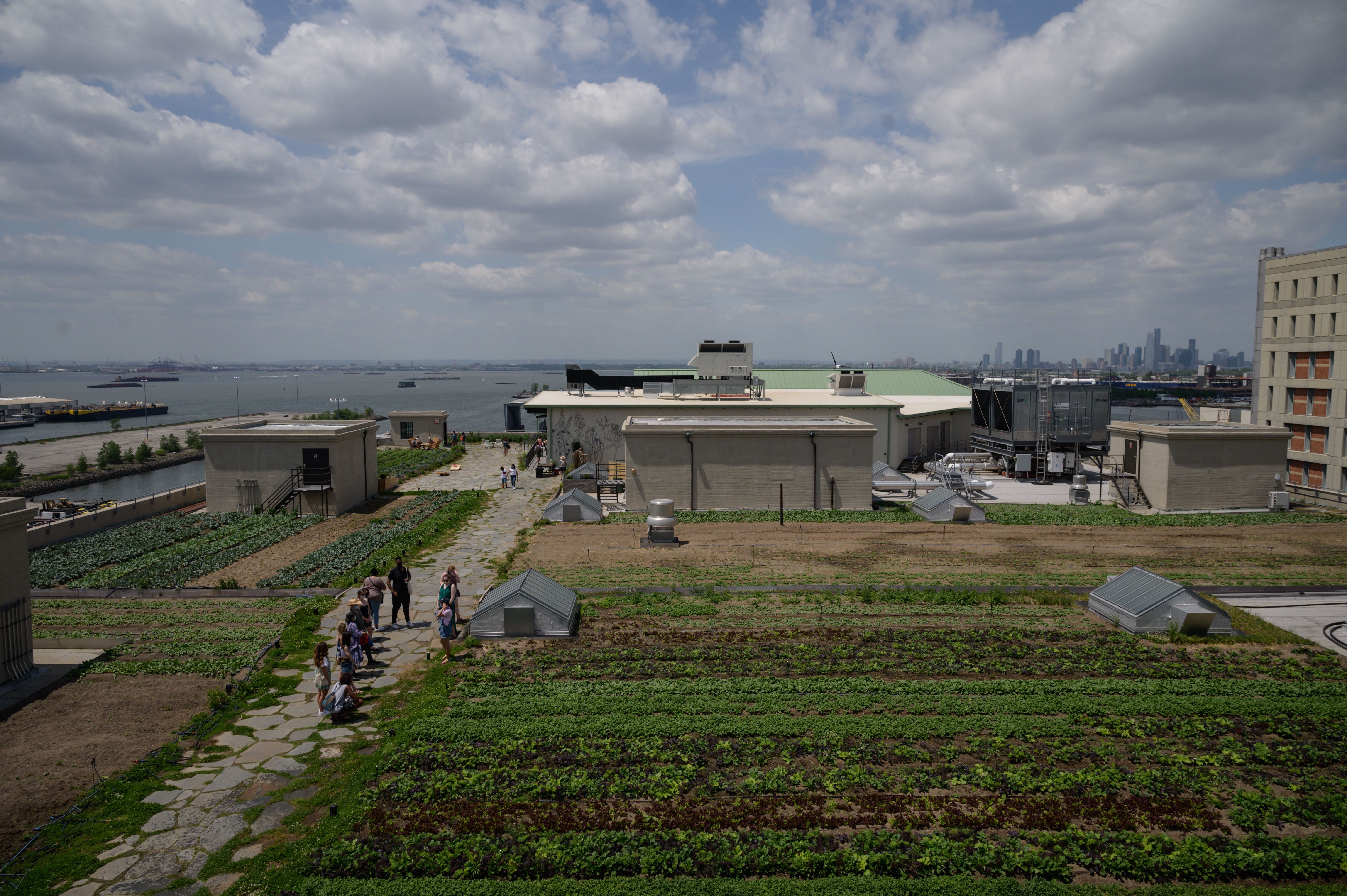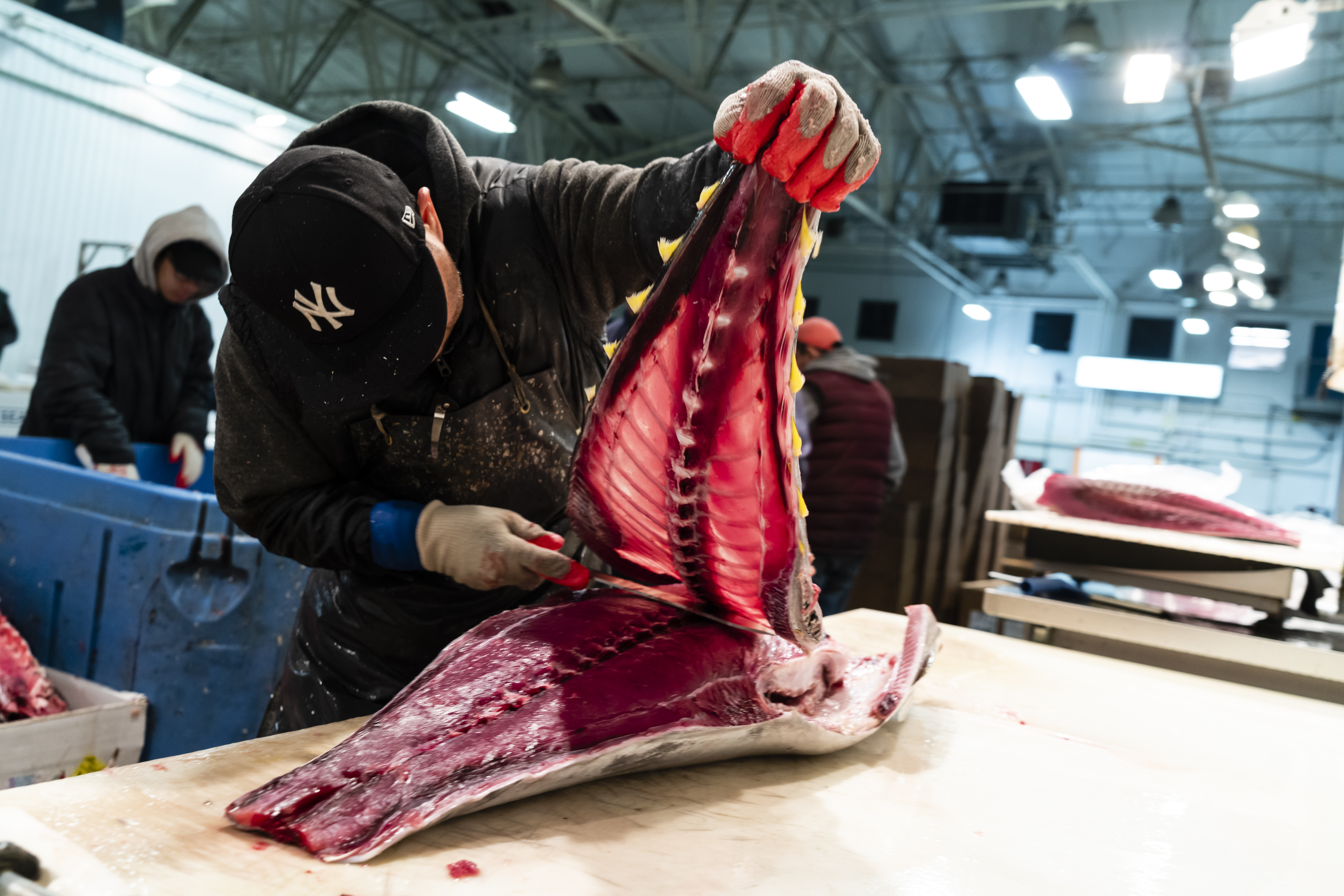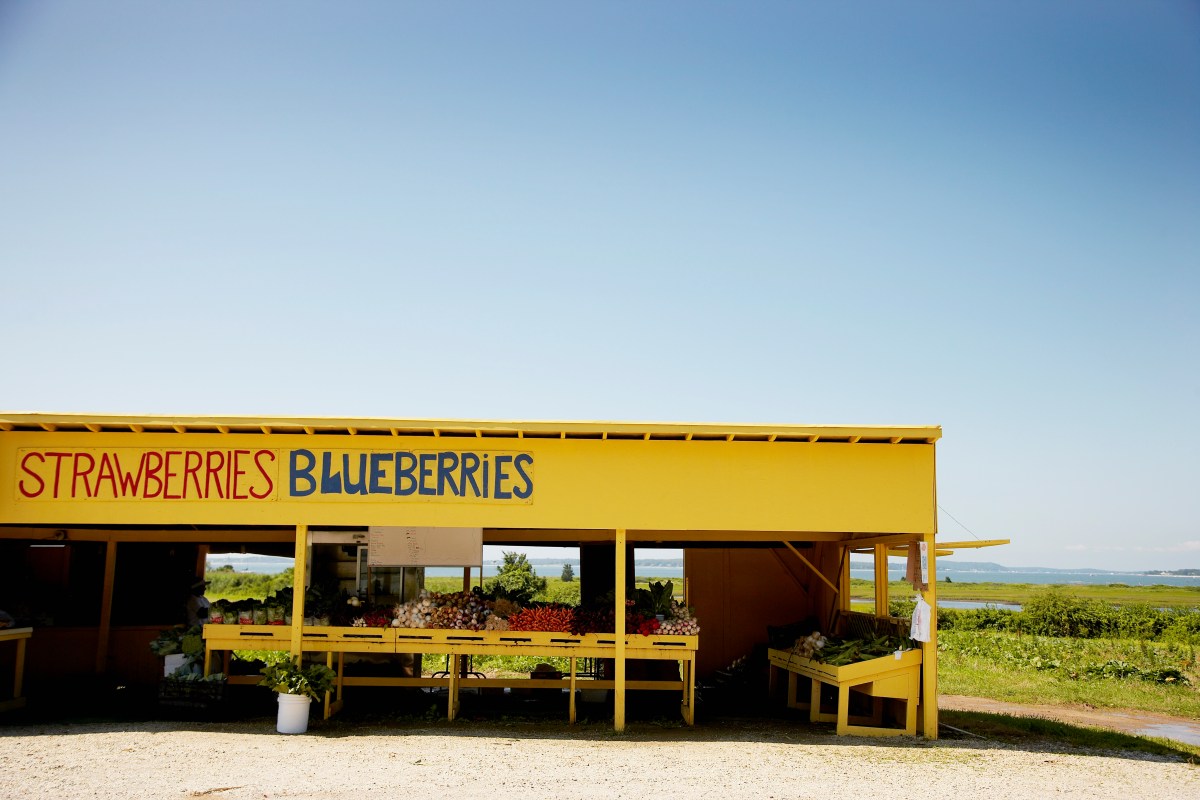An estimated 45 million Americans go on a specialized diet each year. From a weight-loss perspective (the primary perspective most dieters are interested in), these efforts aren’t working. Over two-thirds of American adults are officially classified as obese or overweight.
What gives? Well, diets don’t stand much of a chance in a national framework where fatty/salty/sugary food is cheap, readily available, featured in every other commercial, and tastes amazing at the end of a shitty workday. In recent years, researchers have cataloged a behavioral pattern known as the “what-the-hell” effect; the second a self-professed dieter consumes something outside of their diet (a high-calorie milkshake, for instance), the wheels tend to come off. They’ve ruined another diet, they think to themselves, so they might as well order a burger and fries, too. Chicken nuggets wouldn’t hurt, either.
Eventually, though — usually after an indulgent vacation, or the holidays — they decide it’s time to try whatever faddish menu, meal kit or fasting strategy the TikTok influencers are now pedaling. That round of self-flagellation isn’t likely to go any better. This defeatist cycle posits mealtime as a problem in need of fixing, instead of the gift it is — an opportunity to wind down, give thanks, cook something for yourself or others and actually celebrate flavors and ingredients that you’re putting in your mouth.
The TL;DR version: diets suck. They lead to more abusive eating and make people feel like failures. They’re completely unsustainable, and produce a ping-pong match between days spent with processed crap and days spent with empty stomachs.
There’s exactly one diet that is worth your time and effort, though. While diets typically function as domineering rule books (don’t eat this, don’t eat that much of this, etc.), the “100-mile diet” isn’t in the business of forbidding particular foods. Instead, it encourages consumers to reconsider the sources of those foods, and prioritize ingredients that can be found down the road. The idea is to limit one’s participation in the supersized supply chain, and eat more naturally, similar to communities in famous “Blue Zones” like Sardinia, Ikaria or Okinawa, where families cook the fresh food that’s available to them, live longer, and (surprise, surprise) never seem to experiment with diets.
It’s a seductive concept, and one that spawned the so-called “locavore” movement in the mid-aughts. There was even a best-selling book, titled The 100-Mile Diet, written by a Canadian couple who only consumed foods within the vicinity of their British Columbia home for a full year. They procured honey to replace sugar, picked wild berries and mushrooms, fished trout in rivers nearby, stocked up on potatoes, made jams, and collected a bountiful harvest for winter: including melons, peppers, eggplant, grapes, and tomatoes.
Sounds idyllic, and assuming you’re game for the challenge, it can be. What are the benefits of local eating? Well, produce grown near one’s home tends to be fresher and more nutritious (it doesn’t need to be cultivated to survive a long odyssey on a truck or train); buying food from area farmers, bakers, butchers and fisherman deepens one’s personal connection to food (while stimulating community economies); and that connection, in turn, can develop healthier/more thoughtful/intuitive eating habits, such as rejecting processed products, cooking dinner every night, eating seasonally, or cutting back on household food waste.
One area where local eating is not a panacea, though, is on the sustainability front. There’s a misconception that in opting out of the food industrial complex — with its factory farms, freight ships and big-box groceries — consumers are cutting back on their carbon output. The truth is…much more complicated, as researchers like Oxford University’s Dr. Hannah Ritchie have taken pains to explain in recent years. Large-scale food distributors are actually able to deliver more food to more people, while emitting equal to or fewer emissions. It’s all about efficiency. The current model, whatever you may think of it, was streamlines to accommodate massive shipments and hundreds of millions of people. Plus, food from far-off lands almost never arrives via air cargo (which would otherwise skyrocket the carbon cost of a “globally-sourced” diet.)
So: locavores probably shouldn’t brag about the food miles they think they’re saving next time they host a dinner party. But that doesn’t mean that local eating is without any green solutions. Consider: locavores bring home less plastic packaging, while the farms they support, which use fewer fertilizers (and thus create less nitrous oxide) are easier on rivers, pollinators and green spaces in the surrounding area. Local-eaters also buy animal products that hail from smaller, more humane farms (e.g. products that aren’t a quarter-pounder from a deforested field in the Amazon, or a chicken breast from a live-shackle slaughter in Iowa), and in the end, they make do with less animal products in general, which is the greenest dietary solution of all.
If we’re going to solve one of the 21-century’s largest problems — world hunger — the locavore movement won’t be leading the way. In order to accommodate a population poised to swell past nine billion people, the global food system will need to produce as much in the next 40 years “as it did in the previous 10,000 years combined.” And if consumers want any semblance of dietary diversity, they’ll likely purchase the brunt of their groceries online or at the store. That’s alright: adults in literal food deserts, with very reasonable cravings (a Minnesotan who wants an orange, for instance), shouldn’t feel bad about swearing off the 100-mile diet.
But there are strategies, in any and every community, that can be employed to eat locally. The practice won’t save the world, but guess what — despite endless dialogue amongst important researchers — it doesn’t have to. Local eating could accomplish the small, mighty thing of making you appreciate food again. It’s the only diet out there that actually loves food. It’ll help you create relationships with the people who work hard to get you that food, while helping you phase out the dreaded ping-pong match of traditional diet cycling.
Emphasize anything you can find nearby, and observe how the practice alters your appreciation for mealtime. Start small. You can try for just one day of “local eating” a week (similar to how sustainability non-profits have advocated for “meatless Mondays,” which has been credited with spurring the emerging flexitarian movement). It all counts, and as you get used to the new pattern, take note of any benefits it confers for your physical and mental health. No promises, but a prescription that calls for a day-trip to a blueberry farm will likely leave you feeling happier and healthier than one that forbids pizza for an entire month.
Below, find some helpful ideas for adopting the locavore philosophy. None are particularly revolutionary (this is how people ate for millennia, after all), but all are worthy reminders that with a little creativity, you don’t have to eat a dinner that was assembled weeks ago, thousands of miles away.

The farmers market is your friend
Contrary to popular belief, many farmers markets have fairly long selling seasons. (Here’s an impassioned take from the Maine Federation of Farmers Markets, on why it stays open into late autumn. “We make at least a quarter to a third of all our farmers’ market sales after October 1,” one market’s head honcho writes.) Think about researching the farmers markets in your area, and figure out whether they maintain a winter market. You might be able to make your visits a year-round routine — as opposed to once-in-a-while pilgrimage to pad your Instagram story. Going consistently will help you develop relationships with particular farmers, clue you into the seasonal patterns of certain crops, and allow you to develop a precise palate for what qualities you favor in your fruits and vegetables. Plus, it’s a great excuse to buy an apple cider donut. And you’d be surprised by the extent of non-produce you can find at the market, too — free-range eggs, grass-fed beef, mushrooms, spices and bread are all in play.
Consider the CSA
Some shoppers love the “choose your own adventure” element of farmers markets. The most gung-ho among them might even make periodical visits to those farms, in order to buy from the most-recent harvests possible, predetermined grocery list be damned. If that sounds like your nightmare, but you still want extremely fresh food, consider signing up for a community supported agriculture (CSA) program. It’s a meal kit subscription model, essentially, but one tied to a specific farm or network of farms. You sign up for a season (say, Memorial Day to Thanksgiving), and can expect a rotating menu of crops. Great thing about CSA programs: the variety is top-notch, and the value for that variety simply can’t be matched by your go-to corner store. You don’t have to make any decisions… though sometimes you may find yourself with a ton of rhubarb, or whatever else is super in-season. But that’s why the human race invented pie. Local farms love when people sign up for CSA programs. It allows them to allocate funds for seeds, supplies, equipment and labor ahead of a season, ensures they’ll pocket some money in case of natural disaster or disease, and creates a platform for them to receive crucial feedback, ahead of next year’s growing season. You don’t have to live in the hinterlands to take advantage of a CSA. Most upstate operations (or downstate, wherever you live) cater to urbanites, and some CSAs actually originate in the city. Read up on Brooklyn Grange, for one example.
Vertical farms on the rise
Mark Twain once said, “Buy land, they’re not making it anymore.” But the humorist died way back in 1910. He couldn’t have possibly anticipated the rise of indoor, automated “vertical farms,” where crops are grown in perfect conditions under LED light. These facilities are shockingly efficient: harvest is 365 days a year, they save a million gallons of water per week relative to traditional farms (while using 1% of the land), have quicker growth cycles, and don’t require the use of pesticides or cleaning agents (no bugs to worry about). And importantly, these farms are popping up in once-industrial wastelands of city centers, then selling their bounty to markets and restaurants in the immediate area. Critics of the movement bemoan the energy costs needed to power these farms (in terms of dollars and emissions), but they’re getting better by the year. This is one of the most futuristic ways to eat locally, hands-down. We got a firsthand taste of it recently, while touring Smallhold in New York City, a specialty mushroom farm.

You’re allowed to ask questions
As fun as it is to eat lion’s mane mushrooms that were zapped to life by an automated micro-climate, most of local eating’s charm comes from engaging with Old World institutions. Go to the butcher. Go to the bakery. Go to your closest fish market, if you’re lucky enough to have one. Ask questions while there. Find out where the food came from, how was it prepared, how fresh it is. These places can feel intimidating; especially if the fella behind the counter has been there for three decades and there’s a line forming behind you. But you could find someone more than happy to talk, who will point you in the direction of foods you’ve never been brave enough to sample before.
And make exceptions
When you get your answers, please feel empowered to settle for “local enough.” The effort that you’re making counts in itself — it’s more than most of us are doing on a daily basis — and the more you get bogged down with the particularities, the higher the chance you’ll choose to call the thing off. For instance, if the flour mill your bakery sources its flour from is a couple states away, that’s okay. There are only so many smaller mills across the country. (If they’re using Quaker Oats, well, that’s not great.) You can the baker themself as the origin of the bread, in order to stay sane. Consider, also, a situation like fresh scallops at New York’s Fulton Fish Market. They’re shucked by hardworking professionals in New Bedford, Massachusetts, which is about 250 miles away. Should that extra bit of mileage discount the scallops as an example of “local eating”? Of course not. You’re supporting an age-old trade, and benefitting a market in your home city.
Go ahead and grow it yourself
Most of us don’t live on lush homesteads in a valley outside Vancouver. But between the proliferation of backyard growing in the suburbs, opportunities for rooftop garden rentals in cities, and indoor hydroponic systems, it’s very possible for us to grow some portion of our dinners. As always, keep it light to start. Think basil, cherry tomatoes and blueberries. Eating can’t get any more local than a handful of berries grown in your kitchen.
Whether you’re looking to get into shape, or just get out of a funk, The Charge has got you covered. Sign up for our new wellness newsletter today.























